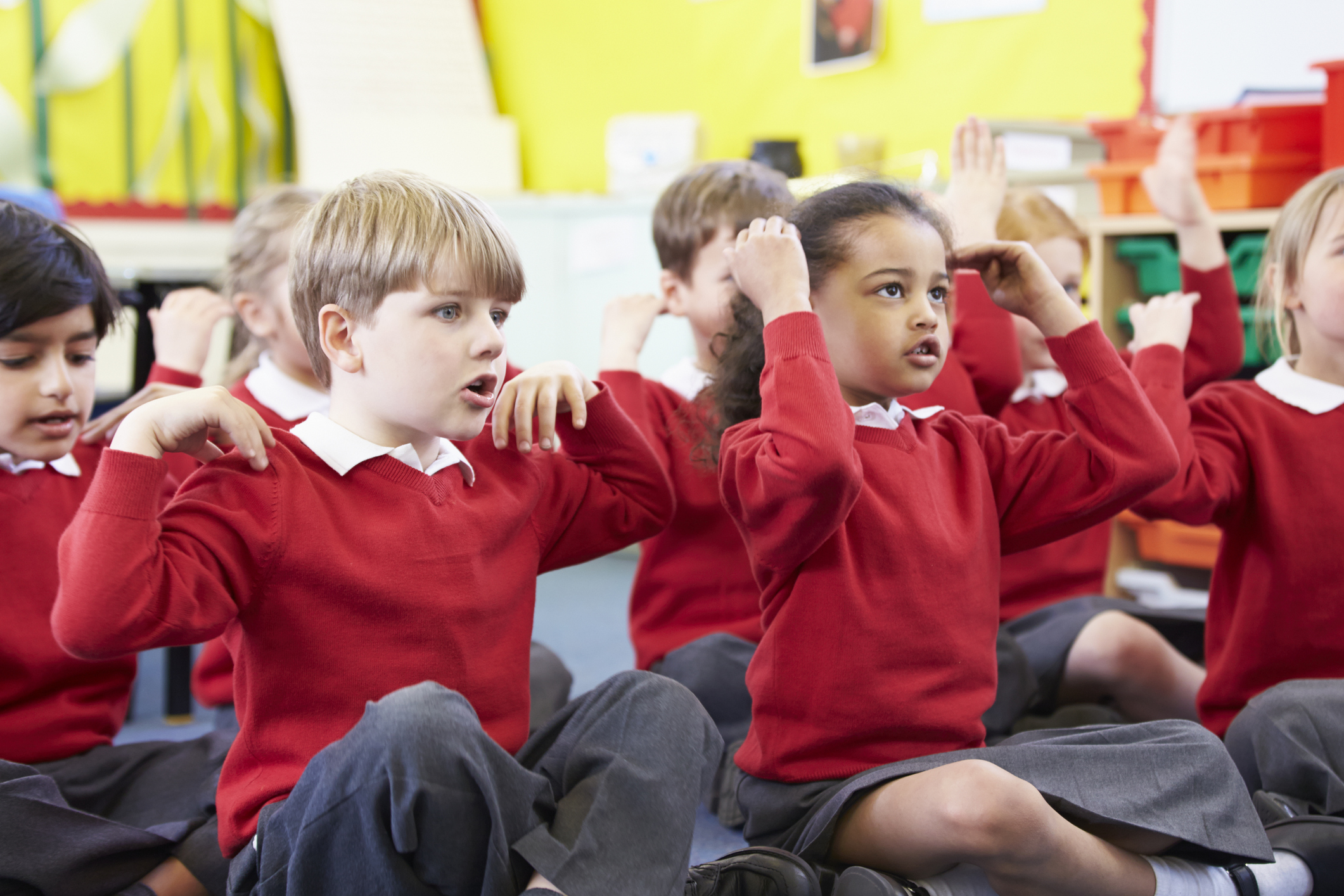There’s more to adjectives than the information provided in the jingle. You see, adjectives are a part of speech with POWER, and their job in the sentence is exclusive! Only an adjective can modify a noun or pronoun by telling what kind, which one, or how many. Only adjectives can be used to describe how something feels, looks, sounds, tastes, and acts!
Besides common adjectives like short, last, and ten, there are five distinct categories of adjectives you should know: (A) article adjectives, (B) proper adjectives, (C) demonstrative adjectives, (D) interrogative adjectives, and (E) indefinite adjectives.
Five Categories of Adjectives:
1. Article Adjectives: Only three commonly used adjectives are called article adjectives. They are a, an, and the. We use them on a daily basis when speaking and writing without giving them much thought. The article adjectives actually restrict the meanings of the nouns they modify. For instance, the article “the” is a definite article, meaning a specific person, place, or thing. A and an are indefinite articles, meaning one of several.
Hint: Use the sound of the noun’s first letter to select a or an.
-If the noun begins with a consonant, use the article adjective “a” before it.
-If the noun begins with a vowel, use the article adjective “an” before it.
2. Proper Adjectives: Adjectives formed from a proper noun are called proper adjectives. Proper Adjectives are always capitalized no matter where they are located in the sentence. (I love Mexican food, English is my second language.)
3. Demonstrative Adjectives: The adjectives we use to point out a particular person, place, or thing are called demonstrative adjectives. These adjectives modify the noun or pronoun by telling “which one,” specifically. (This coat is mine.) To use the correct demonstrative adjective, you must use the following Tips:
Ask: Is the demonstrative adjective modifying a singular or plural noun?
-Use the demonstrative adjectives “this or that” to modify a singular noun.
-Use the demonstrative adjectives “these or those” to modify plural nouns.
4. Interrogative Adjectives: The adjective used in front of the noun it modifies to ask the questions what, which, or whose is called an interrogative adjective. (Which desk is Nancy’s?)
5. Indefinite Adjectives: An indefinite adjective is an adjective formed from an indefinite pronoun. It modifies a noun instead of replacing it. Indefinite adjectives are used to qualify nouns and express the indefinite idea of quality or quantity. Some common indefinite adjectives include words like any, each, few, many, more, several, and some, etc. (Each student contributed several food items during the food drive.)
Use any category of adjectives with competence and confidence by learning about them and applying them when you’re speaking and writing. Before long, you’ll be effectively and strategically using them as you speak and write for all purposes!
















































































































